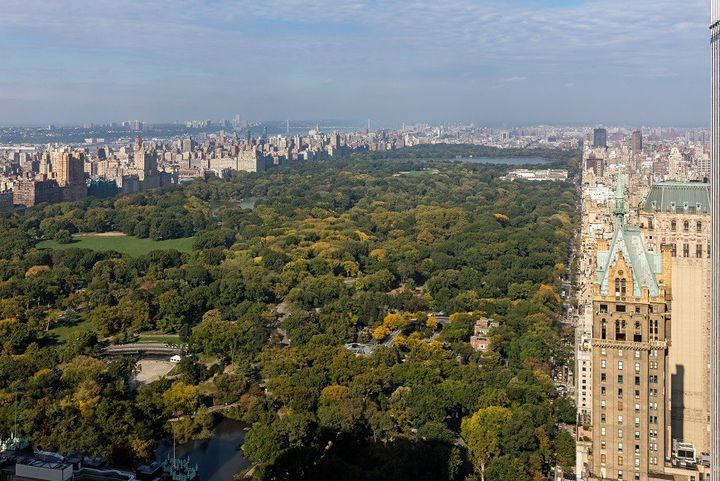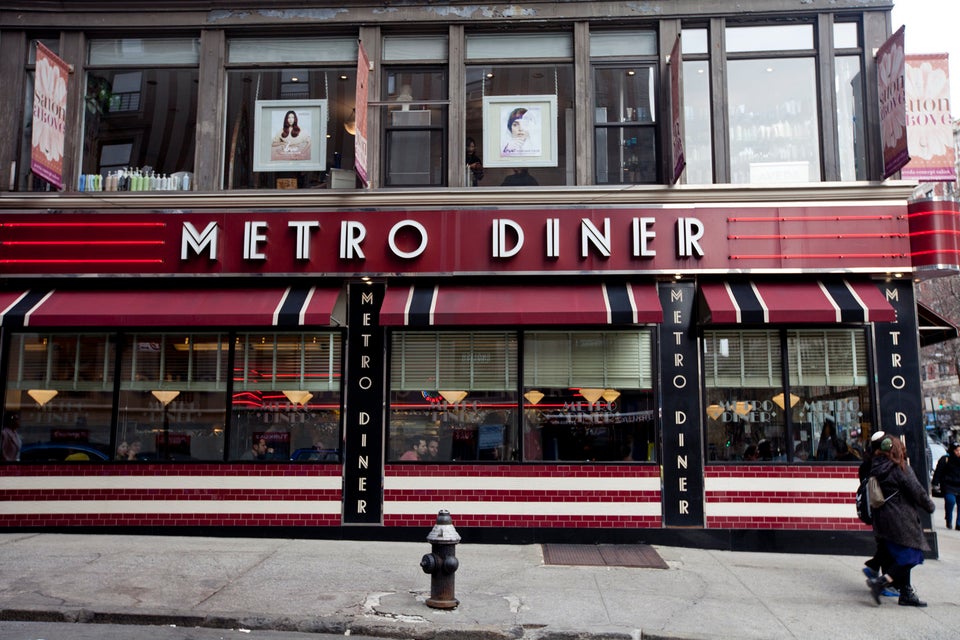
I watched the first episode of the EPIX documentary series: America Divided, and this is the first of a series of comments that I hope to write on the issues explored in the series. Stay tuned.
“The homeless are a city within a city…”
Lear opens his inquiry with this meditation on the homeless in New York City, who are increasingly without housing because they can no longer afford to live in the City. As many local papers reported last fall, a report from StreetEasy.com highlighted a well known fact: there is no neighborhood in NYC that a minimum wage earner can afford the median rent in. So common is the sentiment that none of us can really afford to live here, New Yorkers are well known for their obsession with finding an apartment that is the right combination of affordable, larger than my mattress, and not infested with some kind of pest.
As with any social issue that feels like an allusion to a Victor Hugo novel, the burden of this societal failure is borne largely by women and children. Up until the early 2000s, the typical resident in a homeless shelter in NYC was unemployed and single. Now, a record 60,000 people live in the NYC shelter system, 23,000 of whom are children, and the typical resident is female, has a job, and one or more children that need to be at school each morning.
The newly-homeless-family-because-the-landlord-pushed-them-out story is disturbingly common, meanwhile apartments all over the city are being sold to wealthy non-residents. I didn’t quite get the joke until someone explained it to me:

The stack of scattered mail, the ridiculous kitchen with open floor plan and empty counters, a walk-in closet with a cobweb in the corner, a hardwood floor bedroom with no bed, the insane terrace with a pigeon nest in one corner. This $5,000,000, one-bedroom pied-à-terre sold to some high-net-worth person in another country who will never live there without board approval is the kind of blank check development that is driving the real estate market ever higher in NYC.
Lear tours the real world (is this really the real world?) version with Dolly and Jenny Lenz, a $23,000,000 four bedroom with a ‘view of the George Washington Bridge’ (as seen from across the expanse of a little neighborhood park):

This is Trump Tower, gilded and marbled, perhaps by underpaid immigrants working for some sub-contractor that the Donald never paid (“that’s called business”).
Talking later in her office, Dolly Lenz admits that the landscape has changed in some troubling ways. It’s hard to describe it as anything other than troubling when you see people treating multi-million dollar apartments as safety deposit boxes, getting cash out of your home country before it’s too late. “They’re occupied?” Lear inquires “Yes… well… they’re sold,” Lenz replies.
Parking cash in NYC real estate is a relatively new phenomenon with a relatively straightforward result: there is simply not enough housing available in the city for “average people” as Lear somewhat vaguely defines them. Average in this city is a one bedroom apartment for a million dollars, and, as Lenz puts it: “young people don’t feel they have a chance.”
Landlords in the outer boroughs, capitalizing on the forced evacuation of the middle class from Manhattan, have begun to put pressure on the lower middle class and the underclass living in Brooklyn. A Brooklyn renter shares what she has been told several times by her landlord, who has been illegally renovating hallways and apartments in her building in an effort to push lower rent tenants out: “If you don’t like it, you can move. If it’s too noisy, you can move.”
People who live 30, 40, and 50 years in the same apartment, who have lived through social epidemics in their community, are suddenly finding themselves regularly being asked if they want to move whenever they complain about noise, dust, slow repairs, broken furnaces, infestations, etc.
Lear intimates that if he were asked to explain gentrification, he probably couldn’t. People may or may not agree on a definition, but even fewer people can feel confident about whether the changes brought about by gentrification are a good thing. “We believe that gentrification is caused by landlords and bankers and real estate speculators working together to drive up the cost of housing,” housing activist Cea Weaver says, “Landlords are buying buildings for profit and profit alone.”
“Brooklyn is crazy hot,” Boaz Gilad of Brookland Capital says, proud of the photos on his wall of their 47 projects in this part of the city. “Brooklyn is a brand, it’s the new Manhattan.” Short-term thinking by financial institutions (read: capital) is the cause that Gilad points to. There is no business case for affordable housing, it is a classic failure of the market, and a textbook opportunity for a public good.
The law in NYC is supposed to guarantee affordable housing for any new development, but housing activists like Weaver just don’t see it that way. “Affordable for who?” is a common refrain — the affordable housing in the mayor’s plan is not affordable for the people who are the most in need.
Mayor Bill DeBlasio puts it a little differently: yes, people are displaced and that is bad, but gentrification also attracts investment to neighborhoods that are in desperate need of invigorating. When Mr. Lear challenges him that all those new units his administration is rezoning for are only being used for financial speculation, Mayor DeBlasio seems firm, “Speculation is going to happen one way or another. I fundamentally believe that. Anyone who thinks there are neighborhoods that will go untouched by change is kidding themselves. There are some who almost I think suggest ‘better to leave a neighborhood in tough shape than to take the risk of development.’ I argue that that’s not fair to the residents of those neighborhoods. We can put stronger rules into the process, we can put more requirements for affordable housing into the process, we can put government investment and subsidies into the process…it’s the best shot we’ve got.”
It is easy to be cynical or apathetic about all of this when speaking in the abstract, but not so much when you have searched in vain for the elusive safe, clean, and affordable apartment (you only get to pick two), or when you have been pushed out of an apartment because $2,600 a month wasn’t enough for your 400 square feet, or (most importantly) when you have shared a classroom with children who number among the 23,000 in the New York City shelter system.
As difficult as it may be, we have to see these issues as the fundamentally human problems that need solutions, and the only ones who will create those solutions are the ones with the courage to face them.
This article was originally published on my blog, where you can go to read more from this series and for other things I write when I have a chance. Keep on reading!


